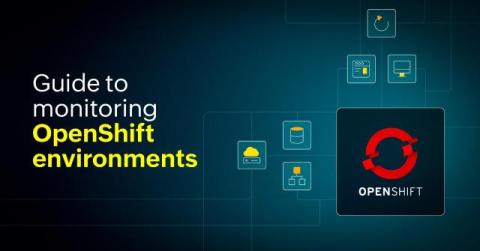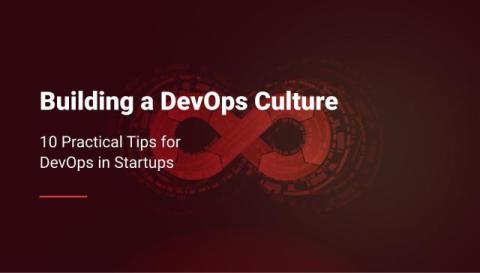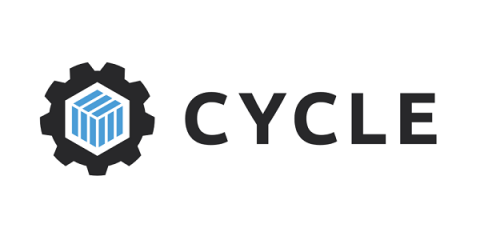Top 7 best practices for monitoring your OpenShift environment
Red Hat OpenShift is an open-source container platform that provides a complete environment for developers to create, launch, and manage applications in both cloud and on-premises settings, leveraging the potential of container technology. With increasing popularity in container orchestration, OpenShift's strong scalability and features attract developers and IT experts. Nonetheless, the intricacy and changing aspects of OpenShift setups demand a tailored strategy for monitoring and observation.











